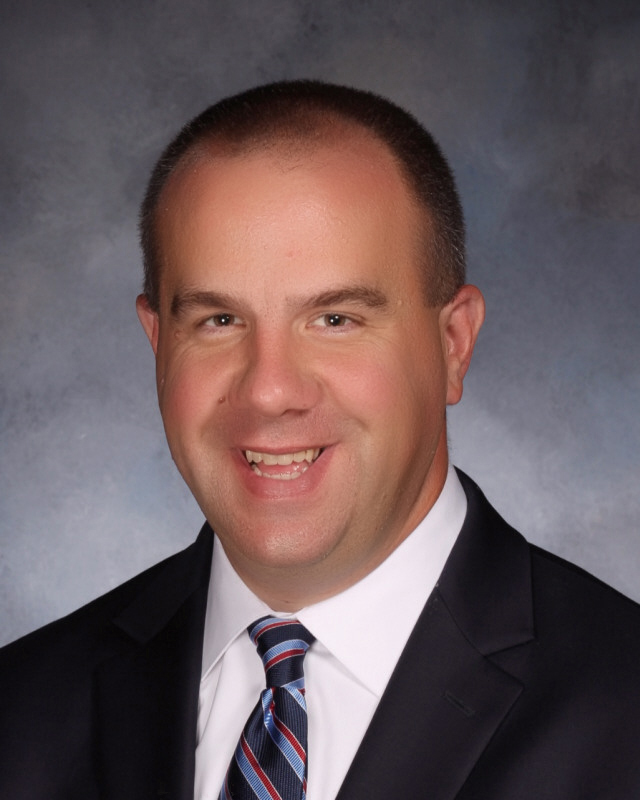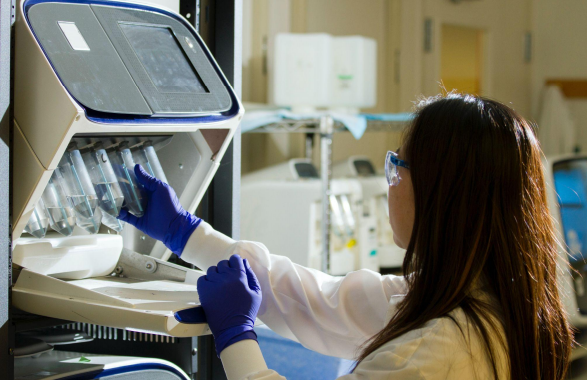In 2023, the world continues to grapple with the implications of a monumental experiment that was published more than a year ago as individuals continue to ponder the intricacies of genome sequencing and its profound effects on understanding and combating illnesses.
In January of 2022, Stanford University researchers unveiled a revolutionary method for diagnosing perilous diseases through genome mapping. This discovery has established contemporary learning techniques, a way to detect the unknown, reveal a plethora of information that will support researchers for future decades, and so much more. This experiment revolutionized the examination of genome sequencing. Many individuals wonder what is genome sequencing and what are the effects of this technology on illnesses. Genome sequencing is a medical procedure analyzing an individual’s genome markup to discover diseases in the body.
The medical technique used by Stanford broke world records and reconstructed the face of medicine. Researchers at Stanford University spent fewer than six months applying analysis toward genome sequencing. They formed a group of twelve different individuals with different undiagnosed illnesses. This experiment was performed by cardiologist Euan Ashley and his team of many intellectual clinicians. Five clinical patients were diagnosed with genetic diseases in seven hours using the newly established genome sequencing technology. Throughout this experiment, the clinicians examined the many variations of contrasting genetic markups of each patient. Dr. Ashley stated, “It was just one of those amazing moments where the right people suddenly came together to achieve something amazing,” describing the astonishing efforts completed by his group of scientists. “It felt like we were approaching a new frontier.”
The technology created by Dr. Euan Ashley was recognized as the fastest genome sequencing technology developed by the Guinness World Records, and the periods depending on sequencing per case differed from less than eight hours to as little as five hours. This technique gathers different biomedical information and data to discover the causes and genetics of various illnesses. With this technique, researchers have collected additional biomedical details and data to find the causes and genetics of different illnesses. Many patients with varying symptoms, ages, backgrounds, and more formed this experiment.
One of the participants was thirteen-year-old Matthew Kunizaman. This young boy was suffering from a dysfunctional heart, but doctors could not discover the cause of his disease. As the test was completed on young Matthew, researchers found that the origin of his heart failure was myocarditis, a significant inflammation that leads to heart disease. It was discovered that Matthew’s condition would require a heart transplant. This finding could not have been recognized without the genome technology performed by Dr. Ashley and his team of scientists.
The patients who participated in Dr. Ashley’s clinical experiment played a pivotal role in advancing our understanding of diseases, laying the groundwork for potential breakthroughs in the industrialization of medical discoveries. Genome Sequencing has revolutionized the face of the medical field for all doctors and professionals. With his group of proficient researchers, Dr. Euan Ashley has used this technology to save the lives of past, present, and future patients. This mechanism provides children, families, husbands, and many more with the aspiration that their loved ones will soon achieve stable recovery.
Although the work performed by Dr. Ashley and his research team has beaten a world record, the team strives to identify a quicker process toward discovering the unknown and saving the lives of many. This groundbreaking recognition portrays the determination of Dr. Euan Ashley, many scientists, and their perseverance to save lives and change the face of medicine.













